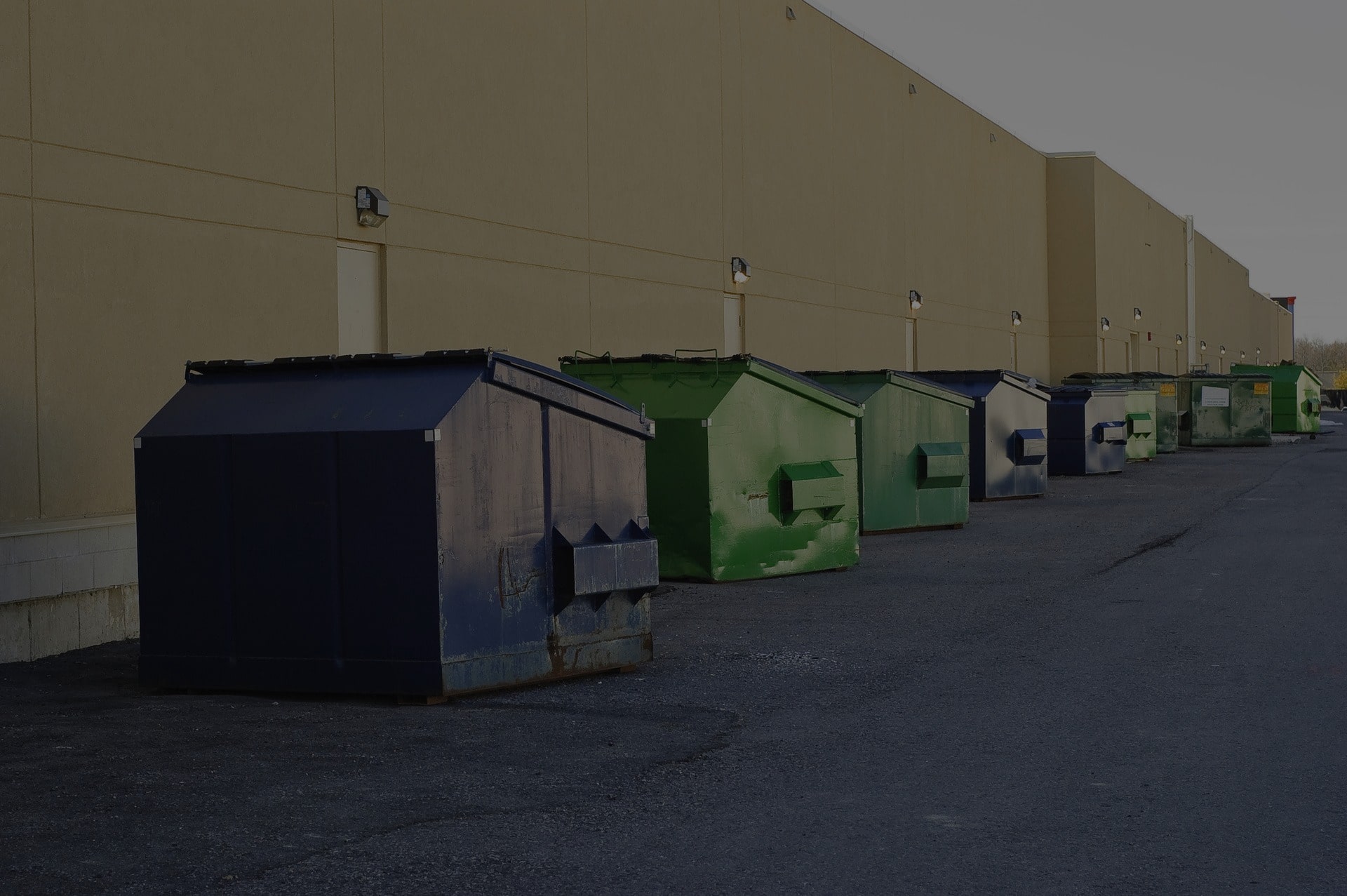Reduce Waste in Commercial Structures –
When designing a structure, architects frequently think about various waste-reduction strategies. However, they had to additionally concentrate on developing methods that would lessen the ongoing waste produced during the course of a construction. Consider cutting back on the trash produced, for example, just as you may consider cutting back on your consumption of electricity and water. Designing material flows is one of the finest strategies to control and minimize waste in commercial structures. This serves two objectives:
– It lessens the amount of waste going to landfills.
– It enhances staff working conditions, public space quality around the building, and resident convenience.
When designing material flows, whenever necessary, use tools like trash chutes and apartment compactors.
What Advantages Does Waste Management Offer?
– Reduces disposal expenses and boosts revenue
– Enhances sustainability through streamlining reporting and information exchange, reducing greenhouse gas emissions, and resource use.
– Enables you to bargain for waste and recycling services that meet your demands and find ways to save hauling expenses.
How Can Commercial Building Waste Be Managed And Reduced?
Following are 5 strategies for managing and reducing trash from business buildings:
Plan the Movement of Materials in a Building
Create a strategy to make sure the flow of waste materials leaving the building is synchronized with the deliveries of goods. These flows aid in effective waste management. Routes, product amounts, equipment, storage space design, staff procedures, and collection set-out should all be covered in the plan.
Facilitate The Separation of Waste
Separating the many forms of garbage that are being generated by a building is always a smart idea. Put into practice designs that will make it easier to dispose of materials in separate containers. The rate of divertions can also be raised by good design. A system with obvious graphics and signage on the bins is also an option. Compact the waste with apartment trash compactors.
Reduce The Consumption of Products That Cause Waste
Waste production increases as the amount of items consumed increases. Therefore, start reducing your use of items during the planning and building phases. Encourage initiatives like sharing office furniture or supplying washable dishes rather than disposable ones. Include training programs to teach your team how to cut back on waste generation.
Plan for Waste Container Collection and Storage
The sidewalk in front of a building can serve a variety of purposes, including providing room for bike racks, curb cuts, and street decor. It may also be extended in some circumstances to incorporate the storm water infiltration system. If you don’t match these uses with a place to store waste before it is collected, it will be a missed opportunity.
You can design a walkway to accommodate waste generated by a building if you know roughly how much rubbish it would produce. If room for waste storage is not properly planned, trash cans will be kept permanently alongside the sidewalk. This will make walking on sidewalks less enjoyable. Therefore, be careful to include a strategy for gathering construction trash.
Think About Returning Delivery Materials
Commercial structures experience significant material inflows and outflows as a result of e-commerce. Plan the entrances so that they can accommodate package delivery and departure packaging. Design the package rooms and loading docks to allow for the return of crates and packaging. Design the kitchen areas so that the suppliers can return the delivery packing, including crates and reusable bottles, with the following delivery. Send us a message right away to learn more.






